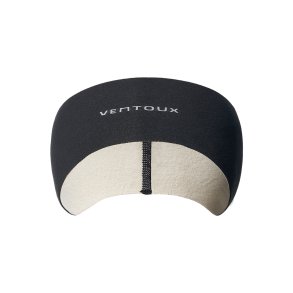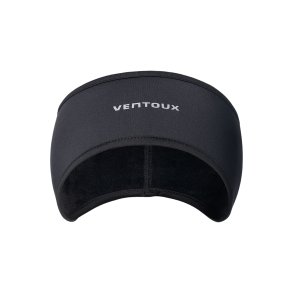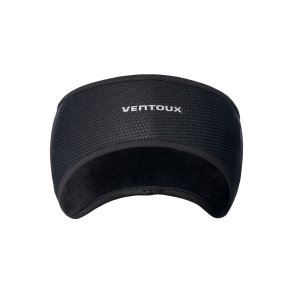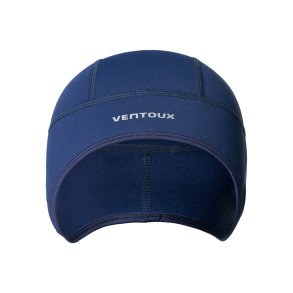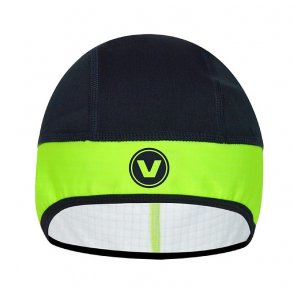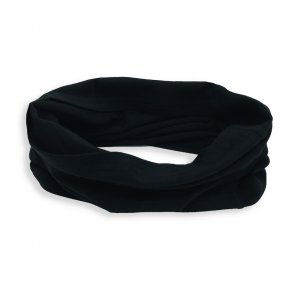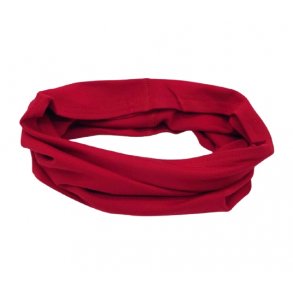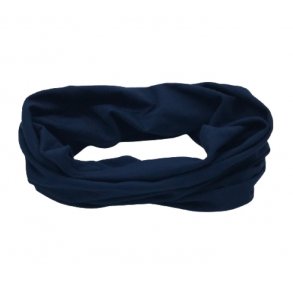Cycling headwear
Warm and preferably windproof clothing for the head and neck region is difficult to do without during the winter period and on the cool days in the middle season. The ears, nose and forehead in particular get cooled in a flash, and must/should be well protected to maintain good comfort. But the scalp is also exposed, as a bicycle helmet only slightly protects against wind and cold.
Fortunately, there are many types of practical headgear that protect against the cold and wind in different ways: Helmet caps, headbands, neck tubes and neck warmers are, for example. to be found in our assortment. As the materials are flexible, it is almost always One Size, and fit is almost never a problem.
Headgear for cycling?
Why is it really necessary to cover the head when cycling in winter? This is primarily due to the fact that the head is actually quite exposed to cooling, as the bicycle helmet rarely offers much protection against cold and wind. And then the heat is quickly released from the scalp. You have probably already experienced how uncomfortable it is once the ears have become frozen stiff and numb? It is typically the ears that are cooled first, followed by the nose, sternum, forehead and cheeks.
There is a wide range of clothing that aims to protect the head from cold and wind when cycling in winter or mid-season. Helmets (cycling caps), headbands, neck tubes, balaclavas and neck warmers are the most commonly used for cycling, and each serve their specific purpose.
The helmet is popular
A helmet cap or cycling cap is the most versatile investment. It is designed to fit under a bicycle helmet and protects the scalp, forehead, ears and neck. A good helmet cap is typically produced in a relatively thin thermo-insulating material with a soft scratched inside. Comfort is also ensured by the use of flat seams that do not generate.
Helmets are available both with and without wind protection material on the outside. Whether the choice falls on a helmet cap with or without a windbreaker is somewhat a matter of taste. Most people in our latitudes probably prefer models with wind protection. However, there are some riders who easily get too hot around the scalp, as a wind edge typically also means less breathability and ventilation. And fortunately, there are also many helmet caps without them.
Ventoux thermal helmet cap is a good example of a good helmet cap for winter cycling. It is available in both an all-black version as well as a black and neon Hi-vis model. All our helmet caps are also equipped with reflective prints in strategically selected places.
Headbands are also practical for cycling
An alternative to a helmet cap is a headband intended for cycling. A headband has the same purpose as a helmet cap. The cycling headband is suitable if you tend to get too hot around the head - and especially the scalp - e.g. because the training intensity is very high. At Ventoux you will find i.a. headband in black and headband for cycling in black and neon. Both with windproof front part.
Bicycle cap
In the summer, a cycling cap is practical under a cycling helmet. Unlike in the winter, when the helmet hood must warm the cyclist, the bicycle cap must cool the head under the helmet in the summer. A cycling cap must also help prevent sweat in the eyes and face and protect against sun in the eyes and UV rays.
At ventouxbike.dk you will find, among other things, a classic cycling cap in black and white and a cycling cap in white and black.
Neck warmers and neck warmers
A multifunctional neck warmer (often also called a neck tube or a Neck Tube) is an extremely useful piece of clothing for cyclists. Especially in winter, but certainly also in the middle season.
The advantage of a neck warmer is that it is flexible and can be used in many ways depending on the circumstances. In addition to simply being loose around the neck, a neck warmer can also be pulled up around the chin, nose, ears and or scalp depending on the weather. In addition, a neck warmer can function as a helmet cap if it is pulled all the way up around the head under the bicycle helmet.
Neck warmers are typically made in a soft and stretchy polyester/spandex mix, but are now also available in many other materials. Eg. Merino wool, which is particularly suitable for cold weather. A newer material for neck warmers is bamboo, which is distinguished by being a little softer and nicer to the skin. At ventouxbike.dk you will find bamboo neck warmers in several different colours, including a classic black neck warmer in bamboo and a traffic-safe neck warmer in neon yellow.
Neck warmers and neck warmers have somewhat the same function, but with an important difference. The neck piece consists of both a neck piece and a piece of fabric that covers the shoulders and chest area. It prevents (unpleasant) cooling and thus protection of vital areas (heart and lung region). We think that the neckline - albeit a little overlooked - is ideal for winter cycling. Especially if the chest piece of the neck warmer is made of windproof fabric, which prevents cooling of the chest region to an even greater extent.
What is the best helmet cap for cycling?
The best helmet cap for cycling is made of soft, stretchy and sweat-absorbing polyester. It is important that the helmet cap fits close to the head and does not take up too much space under the helmet. The helmet must be sewn in strips and with flat stitches. In addition, the helmet cap must be designed so that it goes down well around the ears and down the neck.
What is the best cycling cap?
The best cycling cap should be made of thin, flexible and sweat-absorbing material. It is important that the cycling cap fits close to the head and does not take up too much space under the helmet. A bicycle cap must prevent sweat in the eyes and shade from the sun. A cycling cap must be sewn in strips with flat stitches so that it does not get in the way.









